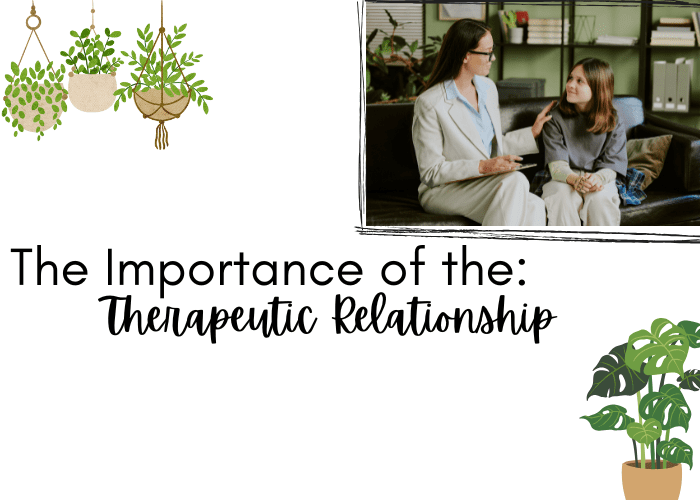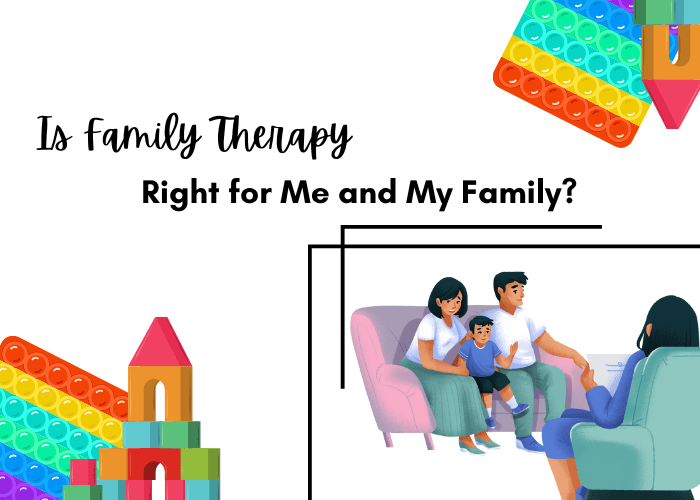A mental health concern that is not talked about enough is the realm of eating disorders, like anorexia and ARFID. Much like suicide, eating disorders make others uncomfortable. When someone mentions they’re depressed, most people can relate to some extent and can sympathize. It’s easier to be there for someone with depression or anxiety. But when someone discloses an eating disorder, that’s difficult for people who have never experienced that to feel comfortable knowing what to say.
This post is part of a series discussing eating disorders.
What is Avoidant/Restrictive Food Intake Disorder (ARFID)?
ARFID is an eating disorder that is distinctly different from anorexia in many ways, even though it can look very similar to AN. This eating disorder is characterized by incredibly restricted food intake, which can lead to rapid weight loss or malnutrition. However, the motivation is not for losing weight. Usually, there is some kind of aversion to eating that is causing the restriction and the weight loss. For example, someone may be afraid of something bad happening to their teeth or mouth if they eat, especially if something has happened in the past. They may be afraid of choking or getting sick, even if there is no actual risk of this happening.
What Causes It?
Generally, ARFID is a reaction to some kind of traumatic or scary experience with eating or food. For example, maybe someone was eating something and their tooth broke. Going to the dentist may then have been an unpleasant experience. This can result in intense anxiety at the thought of eating something hard or anything that would require chewing.
Of course, not everyone that has this experience develops ARFID. We’re not sure what exactly makes some people develop an eating disorder and why others don’t. It could be that individuals more prone to anxiety may be more likely to get ARFID as a result of an experience like this.
What are the Symptoms of ARFID?
A refusal to eat certain foods of a variety of textures could be the first sign of this particular disorder. Perhaps it starts with just the food that is related to the event or it could be all similar foods. However, the individual will feel intense fear and anxiety at the thought of eating any food that they are perceiving as not being “safe”. What foods are considered safe or not will vary greatly by the individual, with some refusing all food entirely.
Another indication that someone may have developed ARFID is that they are consuming primarily liquid foods, like protein shakes. It could be that this is the only type of texture that does not spark the anxiety.
The most obvious sign is rapid weight loss or a failure to gain weight appropriately in the case of children.
How is it Treated?
ARFID is treated with therapy, primarily CBT therapy. For children or individuals living at home, some type of family therapy is often included in the treatment plan. This helps all members living in the household to understand how the individual with the disorder is affected, what could be triggering it, and how they can help that person at home. It’s important that treatment is started as soon as possible because the longer it goes untreated, the individual could become dangerously malnourished and the behavior may be more difficult to treat.



